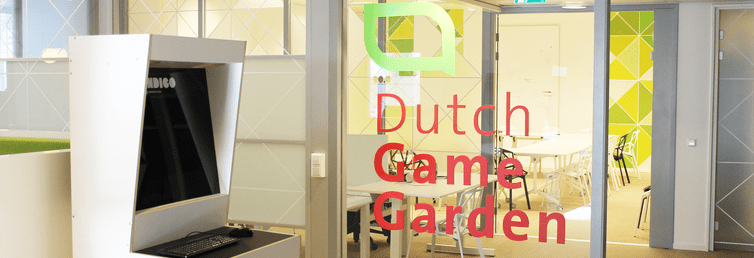The way in which games are prototyped and built are more and more frequently using Automated Game Design to create more immersive experiences for the user.
Research done by the HvA
Spanning almost two years, the research project focused on Automated Game Design organised by the HvA was concluded in September 2015. The creation of tools for the topic were successfully studied and developed, with an emphasis on more efficient interactive prototyping.
The first phase of research showed that it was key to develop a strong theoretical basis for this type of game development, and that case studies that delved deeper into specific problems and solutions were important to more effectively analyse the problem. This was the focus of the second phase of the research, where specific organizations and companies were interacted with at length in order to more accurately define and solve the problems.
One of the issues found was the lacking of theory in regards to multiplayer interaction, which the authors aimed to solve by focusing on 3 case studies dealing with various types of games – resulting in successful solutions in the form of procedural level development and generators, specifically in multiplayer battle and puzzle-platform games, as well as automated generation of balanced play conditions, such as in collectible card games.
New Tools and Interesting Developments
Other case studies focused on the more practical aspects of automated game design, such as the economic processes necessary for the development of a new game, the pros and cons of combining human and automated design (mixed-initiative), and the formalisation of the Machinations to Micro-Machinations language – aiming to adjust gameplay while in the prototype phase.
The Micro-Machinations library was one of several succesfully developed and implemented tools, along with the Card Game Generation Tool – a prototyping tool allowing for rapid balancing of collectible card games, and Ludoscope. The latter was used throughout the project with several different games and proved very effective in the automated creation of levels based on varying visual human inputs, for both single and multiplayer games in different genres.
Overall, the research showed both the potential of automated game design, through the use of and development of these tools, and informative case studies. However, the research also shows that continuing research design efforts must be made to streamline the process over different platforms and game types, but most importantly combine the positive aspects of human design with the efficiency and structure of automated design.
Partners
This project was primarily guided by the HvA, in collaboration with Dutch Game Garden, Ludomotion, Wild Card Studios, IC3D Media, and Firebrush Studios.
You can further explore the project, its publications and contributors here.
